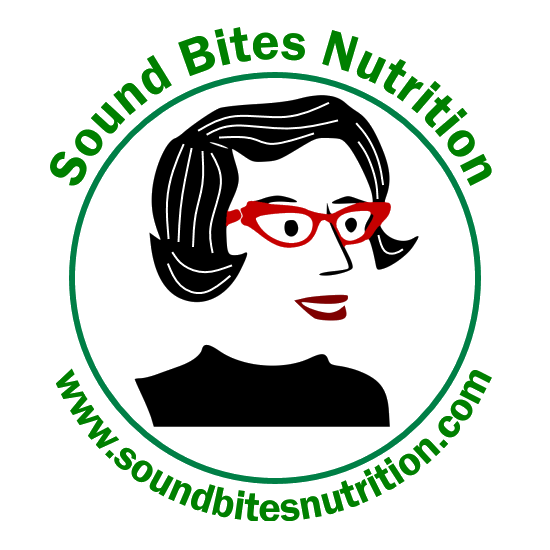Sodium Sense
You may or may not notice how food manufacturers tend to modify their products and labels based on food and health trends. One year they're concerned with cholesterol and fat, the next year the latest food buzz is carbohydrates, trans fat and high fructose corn syrup.The latest health trend is reducing sodium in our foods. Researchers have discovered that reducing sodium intake may reduce the risk of cardiovascular disease and stroke by up to 30%. Diets high in sodium have been linked with high blood pressure in several population groups. Populations adopting lower sodium diets tend to have lowest blood pressure (as well as reductions in kidney damage). High sodium diets have also been linked with bone loss and osteoporosis.While some may think that giving up the salt shaker will lower their salt intake, the real benefit comes from eating less processed foods. I would love to see people's grocery carts full of whole food VS boxed meals, canned soup and instant side dishes. Below are some tips to reduce your sodium intake.Bite this:Oil and vinegar. It takes about 10 seconds or less to make your own salad dressing. Canola or olive oil are high in mono-unsaturated fat, but sesame seed or peanut oil can also be used in dressing for an Asian flair. Pair with lemon or lime juice, red wine vinegary or balsamic vinegar. Add a tsp. of Dijon mustard to thicken your dressing.Not that:Commercial salad dressing. While I want to encourage more salads, most commercial dressings add a minimum of 200 mg sodium to your plate. Types with bleu cheese or bacon bits increase it even more.Bite this:Rotisserie chicken. If you're in a pinch for dinner (or lunch), this is an easy fix. The chicken tends to be low in fat and sodium, and can be used in a variety of dishes. Toss it in a salad, taco shell or whole wheat pita or use it below for sandwiches.Not that:Lunch meat. Even the priciest, higher quality deli meats may be high in sodium. While turkey breast may seem like a healthy option, most servings contain up to 400 mg sodium. Look for brands like Applegate, which tend to be 'cleaner'.Bite this:Less bread. Yes, 100% whole wheat bread is healthier than white bread, but bread is actually one source of sodium we don't think about. One slice of bread may contain over 200 mg of sodium, so limit it to 2 slices/day.Not that:Bagels. Of all the bread items, bagels seem to top the list of highest in sodium. If the bagel isn't bad enough, you're adding even more sodium with cream cheese.Bite this:Canned beans. I stock canned beans because they're convenient, but they can be high in sodium. Look for reduced sodium versions (Bushes makes one) or rinse beans in a colander prior to using.Not that:Chili beans. Pre-seasoned beans, including baked beans are loaded with sodium. Use your own seasoning mix of cumin, chili powder, oregano and garlic VS buying them prepared.Bite this:Lettuce, cucumber and tomato. Need some crunch to your burger, but don't want all the salt? Add more veggies, not pickles. You'll also be increasing the fiber, vitamin C and anti-oxidant content of your sandwich.Not that:Pickles. While low in calories, pickles pack a wallop of sodium. Just two pickle slices (not spears) add 210 mg sodium to your meal. Bummer.

